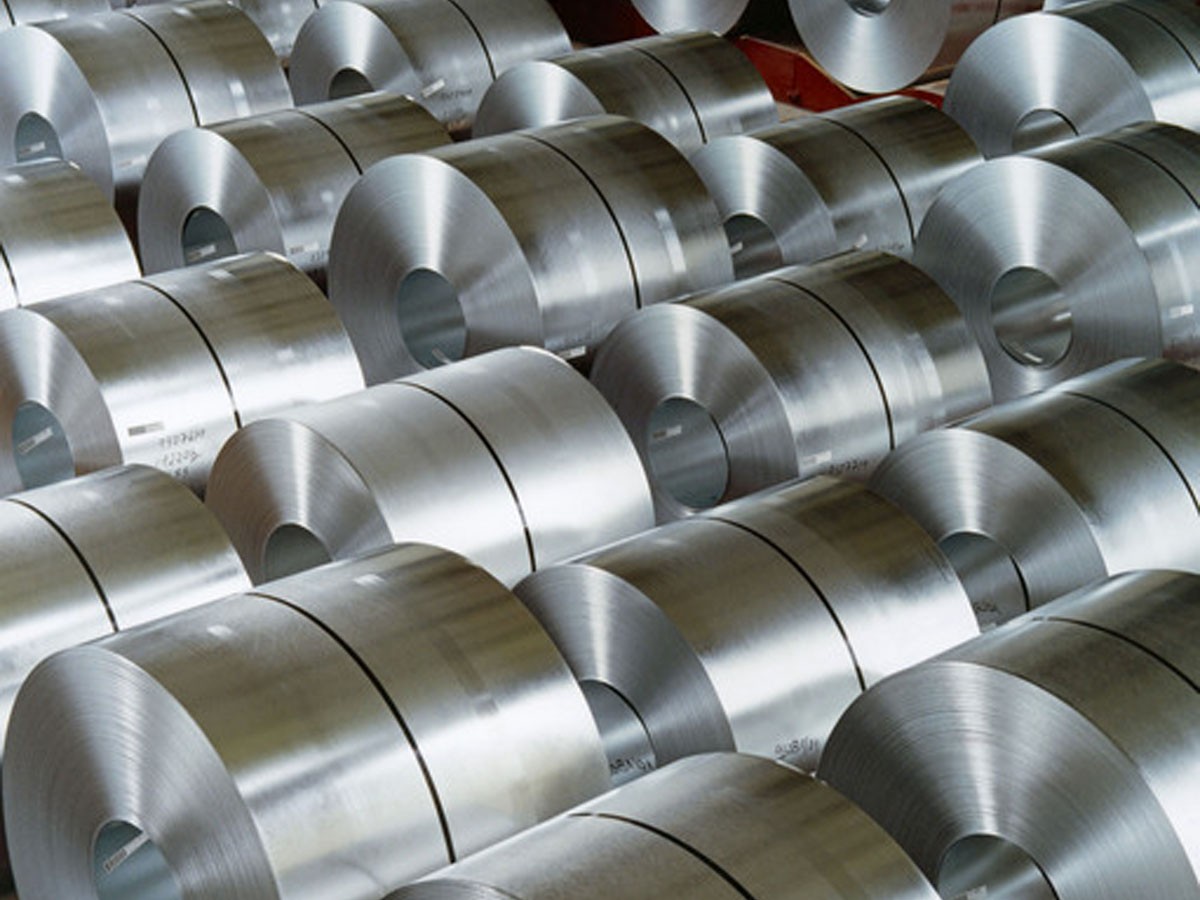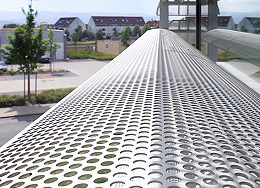
Thống kê
| 1882835 | |
| Số người đang online | 1 |
| Số truy cập hôm nay | 246 |
| Số truy cập tháng này | 57976 |
Quảng cáo
Martensitic stainless steel

|
Martensite stainless steel heat treatment may thus can provide rigidity and durability in a wide range. Allow them are provided operational capabilities in the solution annealed condition. Manufacturers perform final heat treatment to meet the necessary
mechanical properties.
Classes are basically martensitic alloy FE-CR has a higher carbon content allows them to do hard Ferritics in cold air, oil or water. Depending on the type and purpose of use, the viscosity is improved by annealing.
Typical applications for the martensite class:
Cutting Tools
Surgical instruments and dental
Fasteners, springs and bearings
Extruded
Boilers and gas turbines
Nature classes
Durability and hardness distinguish martensite stainless steel with stainless steel cold khac.Lam be done in air, water, oil, depending on the steel grade. If the intended application requires a high degree of hardness (eg knives, HRC55), composting will be done. Normally martensitic stainless steel is tempered to obtain useful mechanical properties, ie a certain degree of flexibility (a5 ≥ 15%).
Nickel-martensitic steels martensitic class traditional premium related to strength combined with toughness. Their microstructure coAustenite stability after hardening and tempering occupy good toughness without limiting the possibility of corrosion resistance.
Weldability
Traditional martensitic steel carbon content> 0.20% is very difficult to weld. The high carbon grade is not suitable for welding.
Low carbon nickel-martensitic class with relatively good weldability.
Corrosion Resistance
Corrosion resistant stainless steel of martensite may vary significantly depending on the chemical composition (C, Cr, Mo), and special surface heat treatment. Smooth surface is polished a higher resistance than the rough finishing. Heat treatment hardening conditions are more favorable, as the motivating factor in corrosion protection solution and also because it is effective. Composting can lead to precipitation of carbide degrade corrosion resistance. This always ltruong for traditional martensitic grades, while nickel-martensitic class with a maximum of 0.06% carbon and 3-6% nickel (1.4313 and 1.4418 for example) without sacrificing corrosion resistance by incubated.
|
Liên kết website
Hỗ trợ trực tuyến
-
 Liên hệ ngay.Email:ĐT: (08) 6682 3335 - Fax: (08) 6256 2218
Liên hệ ngay.Email:ĐT: (08) 6682 3335 - Fax: (08) 6256 2218
Ngày giờ hiện tại
13/9/2025
clock




